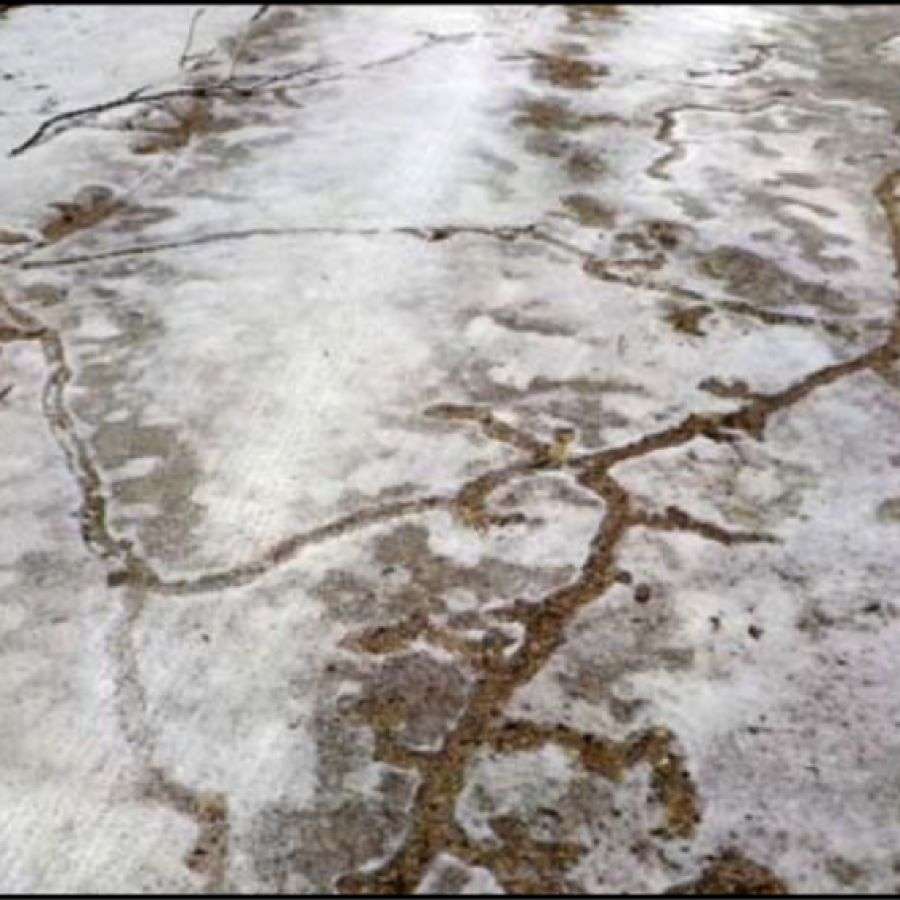Out in the Woods
- March 9th 2024
- Out in the Woods

Melting snow cover reveals the tunnels used by the critters in the Subnivean Zone
Photo: Kevin McKeon
Warming Temps Expose Survival Tunnels
By Kevin McKeon, Director, Mousam Way Land Trust
There are many ways that forest critters handle winter’s cold. Some, in fact, rely on snow cover for survival. In our area we can sometimes see slithery, tunnel-like and bumpy shapes on top of spring’s melting snow, as shown in the photo taken on a McKeon Reserve trail. These were the survival tunnels made by the critters living in the subnivean zone. Here’s what’s happening.
During early snowfalls, hardy vegetation tends to block snow from accumulating under it. Later, heavier snows bend the vegetation, creating small tunnels and pockets of space. When it’s about six inches deep, the snow cover insulates the soil from the cold and wind above. Another two inches will keep this layer at about 32 degrees. Then, the snow lying directly on the soil sublimates, changing from a solid directly to a gas, creating more space. The gas refreezes as it meets colder temperatures higher up within the snowpack, creating a dense layer of round, snowy ice crystals; we see them during the spring thaw. The result is a thin layer of space between the snowpack and the soil called the subnivean zone.
This winter habitat provides unfrozen grass, leaves, bark, seeds, and insects as food for the critters of the subnivean zone – voles moles, and shrews. This zone also offers some relief from cold and wind, and a bit of protection from predators. The little critters create elaborate tunnels for traveling between food stores, sleeping quarters, dining areas, waste areas, forage areas, and ventilation for fresh air. Here’s a short video of a little critter making its tunnel. Most mazes begin at a tree, rock, or bush, areas that absorb solar heat and moderate temperatures of the immediate area. This solar warming is evident where the snowpack has receded from the tree trunks and rocks.
But some predators are not fooled by this little world. Owls, with their extremely keen hearing and location abilities, will zero in on these guys as they run around, making the subnivean zone a lucrative hunting zone. Foxes and other canids aren’t fooled, either. The occasional miss by these predators will result in the tunnel being crushed and the unfortunate critter underneath suffocating, providing yet more food for another hungry critter. Ermine will squeeze through the tunnels, feasting on the rodents, making a nest from the fur and commandeering the living space for a short while.
Recent warming trends have diminished the snow cover, reducing this valuable wintertime habitat and decreasing these winter survival tunnels within the subnivean zone. Other dangers can be catastrophic. Spring thaws and rains can flood the tunnel systems over the entire landscape, drowning hordes of critters or chasing them out of their protected zone to become easy prey. The spring freeze and thaw cycles weaken the subnivean roof structure, sometimes causing a wholesale collapse of tunnel areas. The cycles also create an icy surface, disrupting fox and owl predation from above, threatening their survival.
As the snow recedes, the once bustling habitat is revealed as bumpy little humps from tree to rock and along the remaining few inches of snow, giving us yet another reason to ponder the wonders of the subnivean zone during our forest bathing and trail walks.






